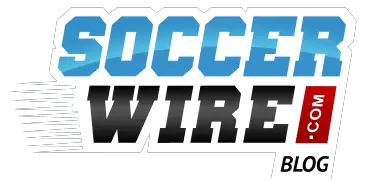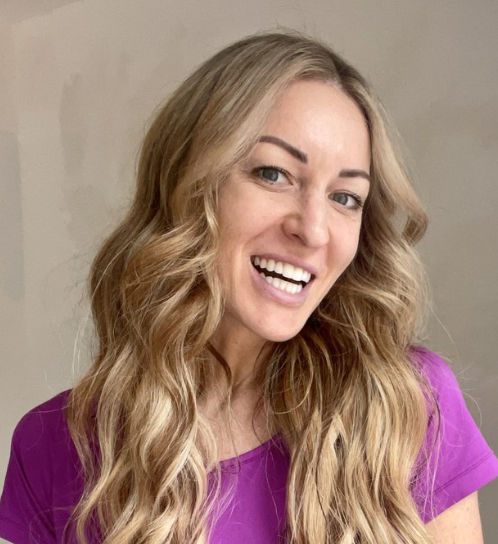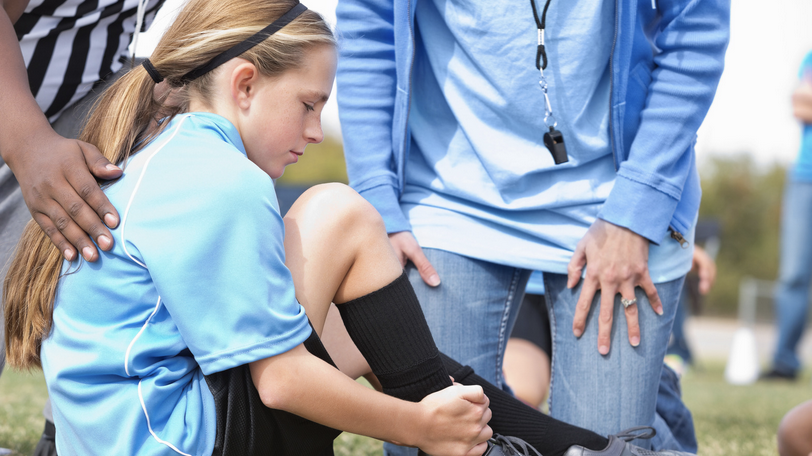Kids are resilient, right?
They have unlimited energy, malleable bodies, and can go for hours without losing gas. When they are young, they ooze passion and motivation.
Over-training isn’t on a parent’s radar because everything is fun and games and orange slices at halftime. Things are good. Everyone’s joyful. Motivation is at its apex.
At least, for a while.
Things can take a hard left turn.
When a youth athlete grows into an adolescent, with all of the physical and emotional changes coming upon them, they become more susceptible to overtraining. Their bodies aren’t developed enough to handle the load from year-round, organized sports, nor are their brains developed enough to deal with the obligations and stress. Kids need to be kids. They aren’t professional athletes. Even the pros have an off-season to recover, then build themselves up again.
Kids need to be kids. They aren’t professional athletes. Even the pros have an off-season to recover, then build themselves up again.
According to a poll from the National Alliance for Youth Sports, 70% of youth athletes burn out and quit sports by age 13. Pressure from adults, chronic overuse injuries, unending fatigue, and lack of motivation all contribute to this mass exodus.
This is an alarming number and should raise concern. However, this article isn’t meant to fear monger. It’s meant to help parents catch overtraining signs early on so they can pivot, cut back, and do what’s best for their young athlete.
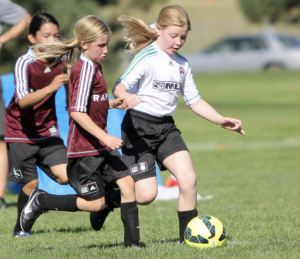
Signs of Overtraining
The earliest sign of overtraining is lack of enthusiasm for sport. If you have to nag your young athlete to practice skills on their own, that’s a red flag. If they’re starting to dread practice, that’s also a red flag. If they nod off at practice and aren’t focused, they’re checked out. It’s not good.
Another early sign is a decrease in performance and a lack of pep in their step. They no longer have that spark. They look sluggish compared to their teammates, especially when before, they were totally blasting by everyone. Maybe they even started, played a ton of minutes, and then all of a sudden, they hit a wall.
Some other signs of overtraining that develop over several months time include:
1. Personality and mood changes: they become snappy to you, or have an attitude and resentment about them
2. Chronic joint and muscle injuries: knee pain, shoulder pain, muscle pulls and strains, soreness that have lasted for longer than 3 months
3. Fatigue: more or less sleep than normal, but even with more sleep, always saying they’re still tired
4. Elevated resting heart rate: due to increased cortisol levels from the stress and obligations of so much of their sport
Kids need to learn to miss their primary sport. They need time to rejuvenate, experience the joys of childhood, have a social life, take a vacation, and then come back to their sport more fiery than ever.
They need time to rejuvenate, experience the joys of childhood, have a social life, take a vacation, and then come back to their sport more fiery than ever.

This doesn’t mean take a meager two weeks off. This means ideally take 3 months off from organized practices and competitions.
Kids not only need to miss their sport, but they need to become well-rounded athletes who are strong, fast and agile, and who can thrive in a variety of active environments. They need to dabble in other sports to build fundamental motor skills and fire new muscle groups.
If they’ve physically matured and are ready for a performance coach, this is a new change of pace for them. It’s something different. It’s a break from the routine.
I’ve heard from my own athletes that they enjoy time off from the ball to do other physical feats, like timed sprints, pull-ups and deadlifts. Athletes need speed training for hamstring development and performance enhancement, and progressive strength training to build total body strength for injury reduction.

A break from the usual to build athleticism could also mean going to the pool, playing pick-up games (no adults!), rock climbing, tree climbing, playing tag, skateboarding to the neighbor’s, riding a bike, and jumping rope. Can we please bring back Double Dutch?!
Kids need movement through play. So many motor skills are to be gained from such a diverse palette of exercise.
Kids need movement through play. So many motor skills are to be gained from such a diverse palette of exercise.
Common Overuse Injuries and How to Heal
The most common overuse injuries in young athletes include Osgood-Schlatter, “Little League Shoulder”, Sever’s Disease, patellar tendon pain, and stress fractures. It’s a shame when people brush off these injuries as “growing pains” and don’t do anything about it. I’ve heard parents joke about “Little League” shoulder and the number of pitches their kid did in one weekend. It’s a disgrace.
The best way to heal is to 1. take overuse seriously and 2. to strength train. and 3. to cut back on year-round sport load. <— hardest to do, but pays off the most.
Muscles surrounding the joints need to be built up so forces don’t go to the joints. The bones build new osteoblasts from load, which is critical for growing athletes who need to improve bone mineral density.
Keep in mind that strength gains don’t happen unless an athlete has adequate recovery. If an athlete is playing too much of their sport with no days off or playing year-round with no off-season, it is tough for them to get the most strength and speed adaptations from a program.
If an athlete is playing too much of their sport with no days off, it is tough for them to get the most strength adaptations from a program.
So yes, do strength training for knee pain or other overuse injury, but recovery with 1-2 days off must be in there, too. And a true off-season.
And please, I beg you, stop with multiple teams and sports in the same season (read more here).
Too Much in the Schedule: Coach Negligence
More isn’t always better. A lot of under 12 teams could get away with 2-3 quality practices a week. It doesn’t need to be 4 or 5 practices a week. And yes, there are people who do this to growing and maturing female athletes smack dab in the middle of their growth spurt.
Even if intensity varies within these practices and some are lighter days, it doesn’t matter. It’s still an obligation, an extra commute, time away from friends, time away from focusing on academics, time away from getting to bed early, time away from a home cooked, healthy family meal. Nervous system burnout is real, too.
Overscheduling is a risk factor and a bomb to the nervous system. In a study Sports-Related Injuries in Youth Athletes: Is Overscheduling a Risk Factor, fatigue was a a contributing factor in overuse injuries in kids (1). In this study, overscheduling is classified as 10 months or more of practices and competitive playing. A few studies have provided guidelines on number of months per year and hours per week athletes should aim for to mitigate injury risk. In the American Journal of Sports Medicine, it recommends not specializing in one sport, and limiting participating to less than 8 months per year (3).
To determine the amount of hours per week of organized sports, parents should take the child’s age and ensure hours spent in organized sport are a few hours less than that.
Another recommendation comes from Applied Sport Scientist, Tim Gabbett PhD, who also agrees less than 8 months per year is ideal for kids:
More researchers are hanging out at the less than 8 months recommendation in organized sports being the best for the health of the child. In the Journal of Athletic Training, the profile of an athlete at high risk for serious overuse injuries is described as “a young female athlete in an individual sport who focused solely on that sport at 10 years old, who was highly specialized with year-round training (more than 8 months per year), and participated in more weekly hours than her age with limited free play” (2).
It’s sad because this is a common youth female athlete profile in today’s world. These girls are missing out on a diversified experience in childhood that would bolster their physical and mental health.
Falling Behind Scare
Parents might fear their athletes will fall behind if they stop organized sport for a few months, but if kids continue to plow through year-round they’ll fall behind even more. This could be speed declining, or injuries increasing.
Parents might fear their athletes will fall behind if they stop organized sport for a few months, but if kids continue to plow through year-round they’ll fall behind even more.
The same repetitive movements over several months leads to diminishing returns and potential injury. It’s not worth it.
Many will deny there’s an issue at hand, and continue to take their kid to practice to play through pain, and slug on. They may even deny any overuse injury is happening, even when it’s blatant.
I get parents don’t want to feel like they failed. They also definitely don’t want to say they were wrong, which sucks because the first step to positive change for the child is admitting a wrong. And doing better.
There’s a tremendous lack of education and tough love on the matter, and too many are leading parents astray. No one is giving honest advice because they’re afraid to offend people and lose paying parents.
This is why I’m hard on parents because I know what they’re blasted with. Expounding further, I’ve seen too many instances of athletes still pushing through knee, hamstring, and hip pain, who have remained injured and in rehab for many years, never fully healthy. The college dream withers away by the day and looks bleak.
You must play the long game. Delay instant gratification. Keep the end goal in mind. A kid isn’t meant to peak at age 10.
You must play the long game. Delay instant gratification. Keep the end goal in mind. A kid isn’t meant to peak at age 10.
Is the end goal college sports? Is it pro? That’s over ten more years the young athlete needs to be prepared and made durable for. Has the athlete taken time away from sport to become robust and to miss it for once?
This isn’t to say get off the lacrosse stick, the hockey stick, the basketball, or the soccer ball. This doesn’t mean do a full stop for technical work.
But.
There’s immense value in doing free play, and is in fact, encouraged in the literature. Family time in the back yard is amazing. It is heart warming and empowering. It’s bonding.
It’s not an obligation. It’s spontaneous. It’s lower stake. It’s carefree. It’s play.
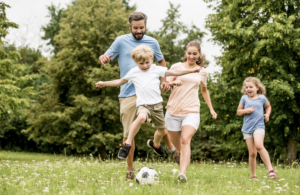
Playing soccer on the beach, or hitting the tennis court for a game of soccer tennis is totally okay! It’s unstructured and spur of the moment.
Overtraining is a serious issue, but thankfully, you can catch onto some early signs so you can change what your child is doing, adjust the schedule, and look out for their long-term health.
Let kids be kids.
JOIN MY SIGNATURE SPEED QUEENS ONLINE TRAINING PROGRAM TO IMPROVE SPEED AND STRENGTH, BOOK A CONSULT HERE – SERIOUS INQUIRIES ONLY
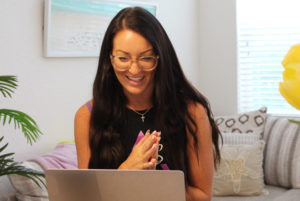
GET THE STRONG FEMALE ATHLETE BOOK HERE
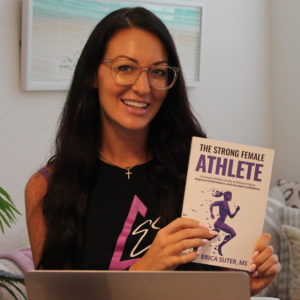
REFERENCES
1. Luke A, Lazaro RM, Bergeron MF, Keyser L, Benjamin H, Brenner J, d’Hemecourt P, Grady M, Philpott J, Smith A. Sports-related injuries in youth athletes: is overscheduling a risk factor? Clin J Sport Med. 2011 Jul;21(4):307-14. doi: 10.1097/JSM.0b013e3182218f71. PMID: 21694586.
2. Neeru A. Jayanthi, MDEric G. Post, PhD, ATCTorrance C. Laury, MDPeter D. Fabricant, MD, MPH J Athl Train (2019) 54 (10): 1040–1049.
3. Post EG, Trigsted SM, Riekena JW, et al. The Association of Sport Specialization and Training Volume With Injury History in Youth Athletes. The American Journal of Sports Medicine. 2017;45(6):1405-1412. doi:10.1177/0363546517690848
